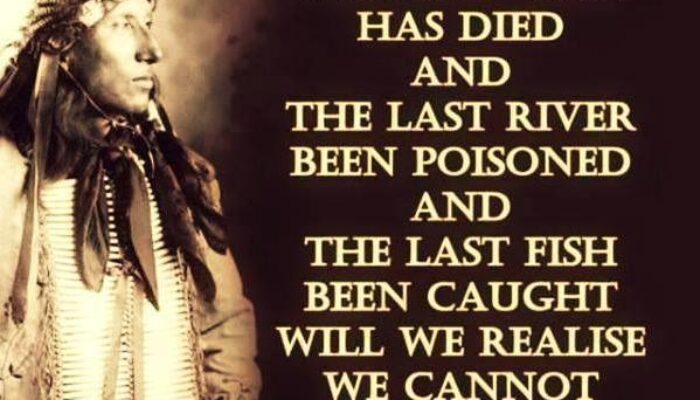Hortonian overland flow – if you have ever followed a hydrology class, you have certainly come across this jargon: this is the name of a hydrological process – when rainfall flows off at the terrain surface because the rainfall intensity is so high that not all the water can infiltrate into the soil (rainfall intensity is higher than infiltration capacity). Almost every hydrological m ...[Read More]
Midnight stutters of an environmentalist, an open letter to the people and places of the planet
We are in a state of environmental crisis. As someone who knows something about this, i’m really worried about the rising food crisis (due to ongoing wars in regions of russia-ukraine and israel-palestine), and waves of environmental refugees. In this strip of lands, soil is getting ruined daily. Every bomb ruins a patch of soil including moisture, microorganisms, roots, plants, … . Imagine how mu ...[Read More]
Meet your ECS Rep – Christina Orieschnig
Christina Orieschnig is a hydrologist at IRD in the South of France. She is also the Early Career Scientist representative for the EGU Hydrological Sciences division. Can you tell us about the focus of your research? What have you done so far and what are you doing next? I completed my PhD at AgroParisTech in 2022. My research focused on building an eco-hydrological model in the Mekong Delta in C ...[Read More]
Meet Division President Alberto Viglione
Alberto Viglione, is the President of the Hydrological Sciences Division of the European Geosciences Union. He is an Associate Professor in Hydrology at Politecnico di Torino. As Division President, it is his job to represent hydrologists within the EGU, and to manage the administration of the division, especially arranging the programme at the General Assembly. Can you tell us about the focus o ...[Read More]




